Climate change: Size of Wales may change due to coastal erosion
- Published
- comments
Sabrina Lee takes a look at how a forecast in 2050 could look, if climate change remains unchecked
The size of Wales is a common unit of measurement - but the country's outline could slightly change over the next century due to climate change.
Natural Resources Wales (NRW) said protecting all areas was "difficult against the forces of nature".
More than 71,000 properties are currently at risk of flooding in Wales from tidal sources, the environment body added.
NRW has said coastal flooding and erosion is "a big risk for Wales".
Jeremy Parr, its head of flood and incident risk management, said in decades to come there will be "some tough decisions in some locations where we might need to relocate some small communities and certainly make space for water and look after our environment."
Wales has 1,680 miles of coastline which surrounds the country on three sides, and about 60% of the Welsh population live in coastal areas.


Mr Parr said coastal flooding and erosion would be "a big risk for Wales" and "all indications are it's going to get worse."
"We can expect sea level rise for one thing and some of the predictions around that are quite scary," he added.
"The coastline is a dynamic environment. Parts of the coast will erode and fall away into the sea."
Eyewitnesses said this year's north Wales cliff fall was up to 40m (131ft) wide
"You get increased storminess and increase in winds. That can increase the water level even further and make conditions along the coast, really, really treacherous - and it means that there will be more flooding and it means that there will be more erosion."

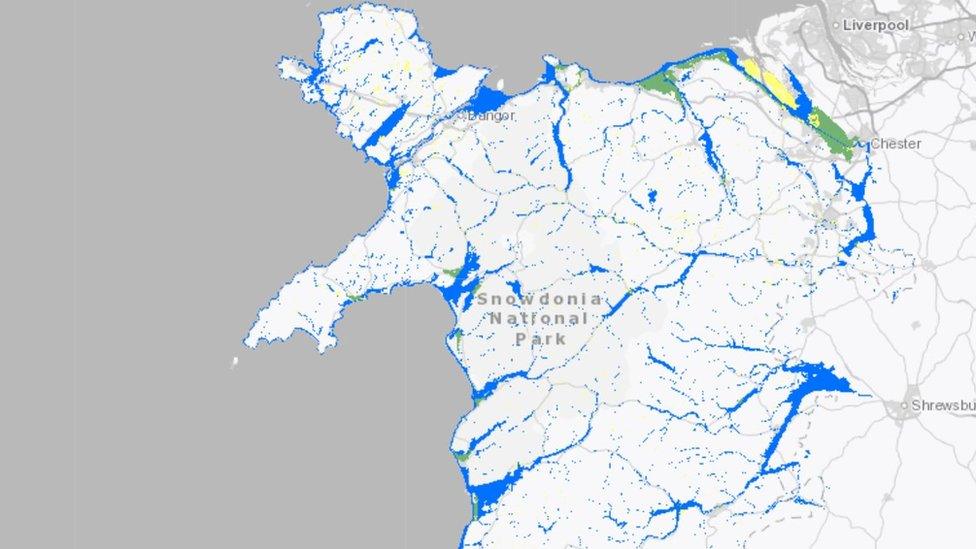
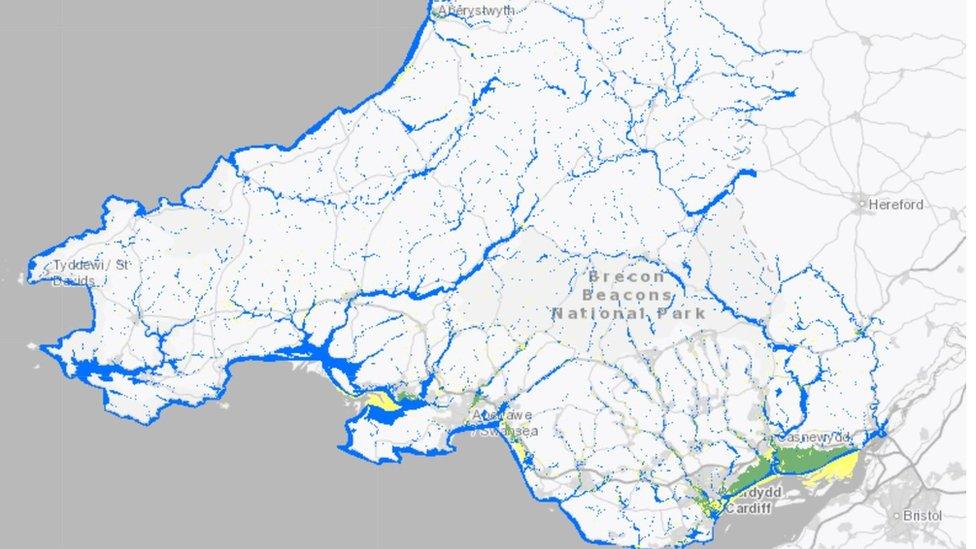
The blue on the map is areas most at risk of flooding without more flood prevention measures while areas in yellow are parts of Wales that have been flooded "in the past"
People are able to check the long term flood risk, external of their area or street online.

The warning follows a major landslide on the north Wales coastline earlier this year when cliffs of about 40m (131ft) wide fell onto a beach at Nefyn in Gwynedd.
NRW said it "makes sense" to protect some vulnerable coastal towns and areas that are home to Wales' key infrastructure - like major roads and railways - and heritage sites such as castles.
Miriam Barker explains how rising sea levels could affect Wales' coast
The environmental watchdog has been working with local authorities and the Welsh government for several years to develop shoreline management plans for areas where climate change posed a particular challenge.
But NRW acknowledges that losing areas of land to the seas was a difficult topic and needed to be handled sensitively so that people were not frightened.
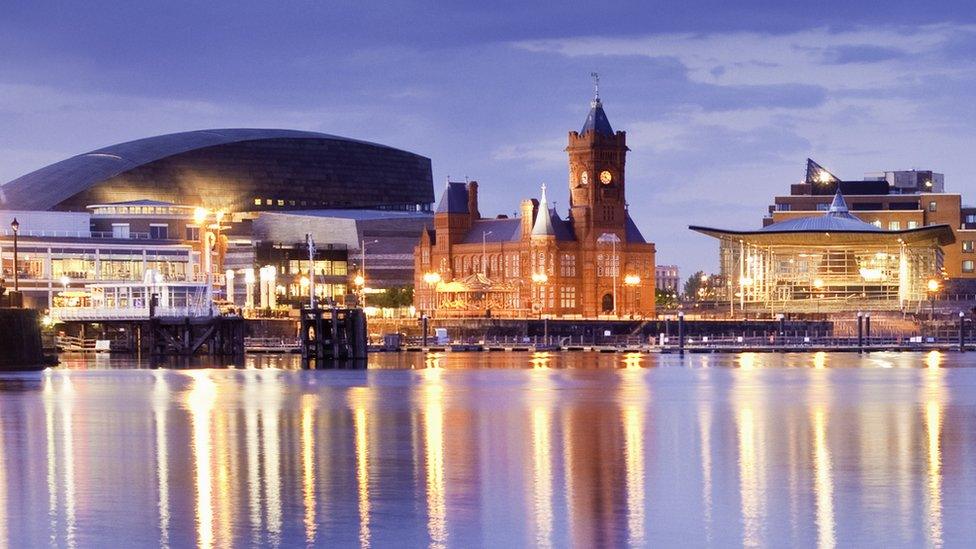
The seat of Welsh democracy at Cardiff Bay is protected by a barrage built in 1994
As the COP26 climate summit draws to a close in Glasgow, the Royal Meteorological Society said cases of such extreme weather were on the increase, and global warming had serious implications.
"The Royal Met Society has been around since 1850 and we've seen a lot of extreme events here in the UK over that time," said chief executive Liz Bentley.
One rail tunnel, built almost a century-and-a-half ago, has flooded seven times in the past year.
"But what we're finding because of climate change is that those events are becoming more frequent.
"One degree has made a big shift in what we're seeing in rainfall patterns. It also means we've started to see a significant increase in sea levels. So the sea level has risen by about 16 centimetres, which again, doesn't sound very much, but for low-lying areas that has a huge impact."
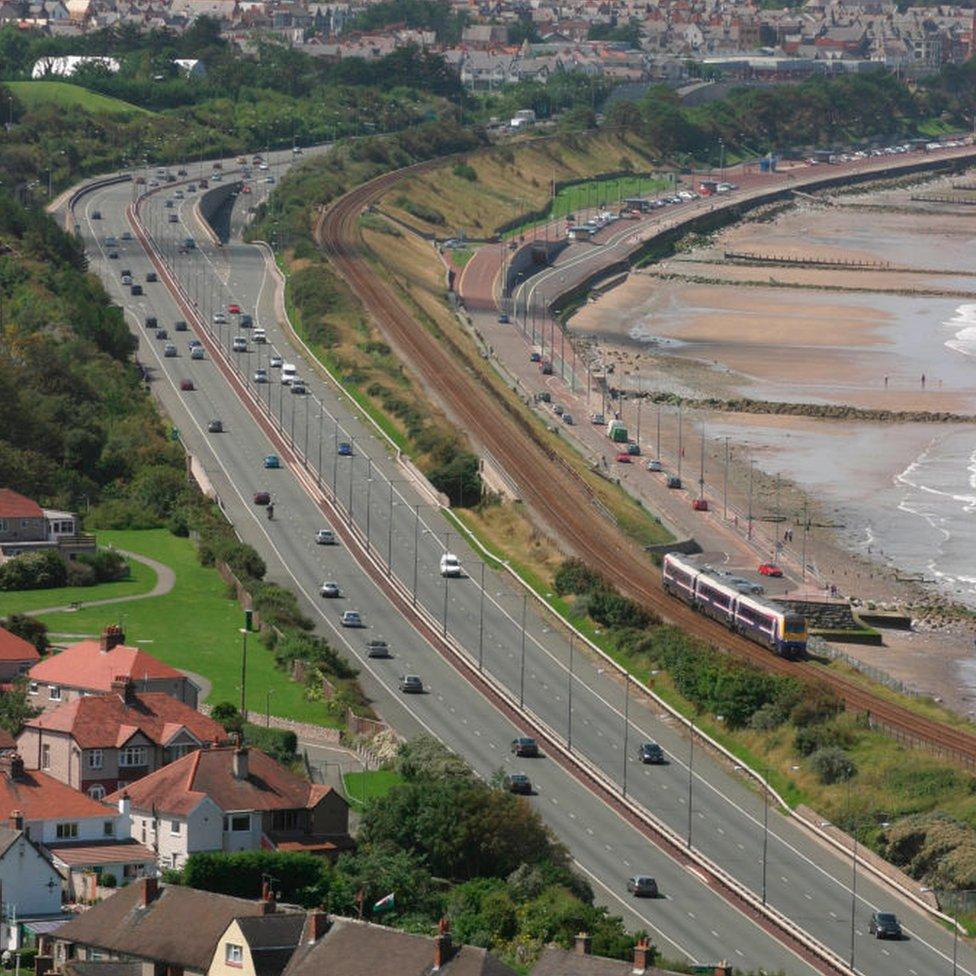
Key infrastructure in Wales like the A55 and railway line along the north Wales coast are next to the sea
One leading geographical professor said Wales' coastline would "change a lot" in low lying areas with the sea moving inland.
"On the higher elevation areas there won't be that much change but there will be cliff falls," said Prof Richard Lucas, from Aberystwyth University's geography and earth sciences department.
He said that although the landscape had changed in the past, the pace of change was a new phenomenon.
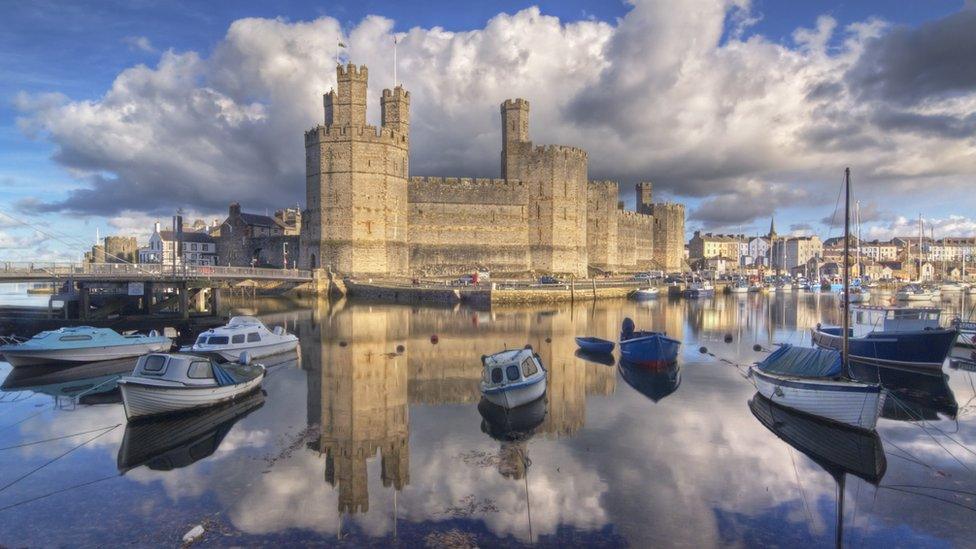
Caernarfon Castle is one of Wales' heritage sites along the country's coastline
"It's the speed of the increase in greenhouse gas emissions and the speed that sea levels and other factors like flooding are changing.
"So the sea level is rising more rapidly than in the past, and ecosystems and people have to respond to that. And sometimes it's just too fast for them."
He added that to avoid a change in the shape of Wales, sea defences would "need to be strengthened into the future". The situation "depends on the actions of people and how we respond to changing climate."

COP26 climate summit - The basics
Climate change is one of the world's most pressing problems. Governments must promise more ambitious cuts in warming gases if we are to prevent greater global temperature rises.
The summit in Glasgow is where change could happen. You need to watch for the promises made by the world's biggest polluters, like the US and China, and whether poorer countries are getting the support they need.
All our lives will change. Decisions made here could impact our jobs, how we heat our homes, what we eat and how we travel.


BBC BITESIZE: Sustainability resources
SURVIVING HELMAND: Inspirational stories from those deeply affected by the conflict in Afghanistan
TIP NUMBER 7: The families of Aberfan fight for justice

- Published5 November 2021
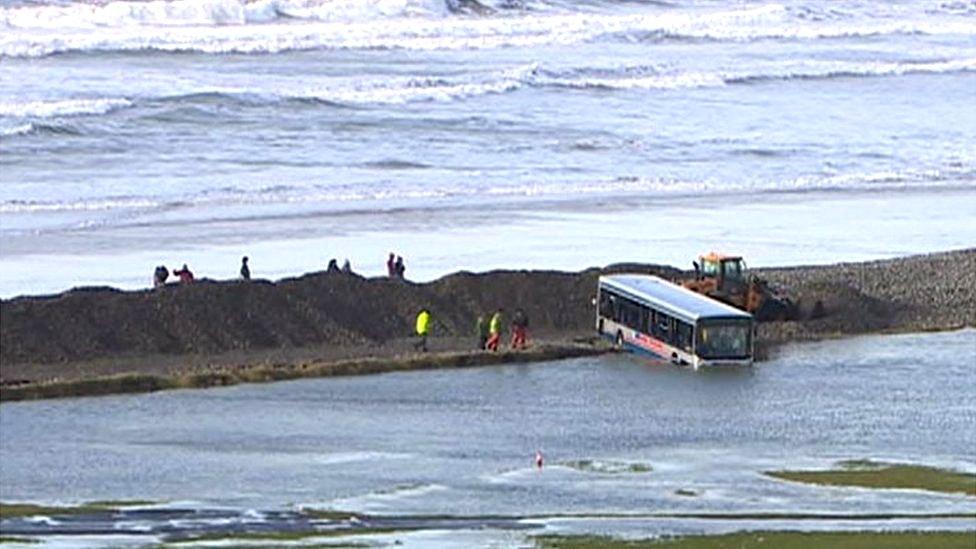
- Published16 July 2021
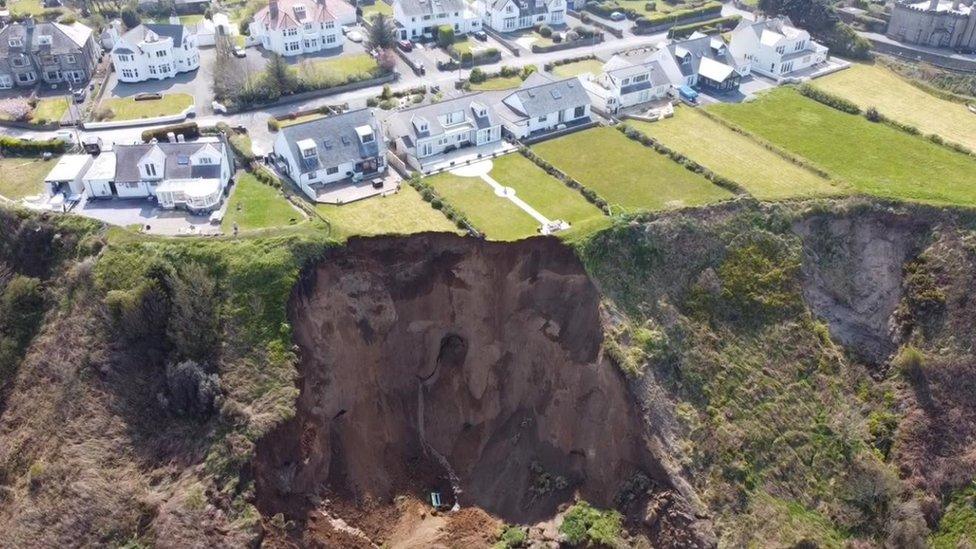
- Published16 June 2021
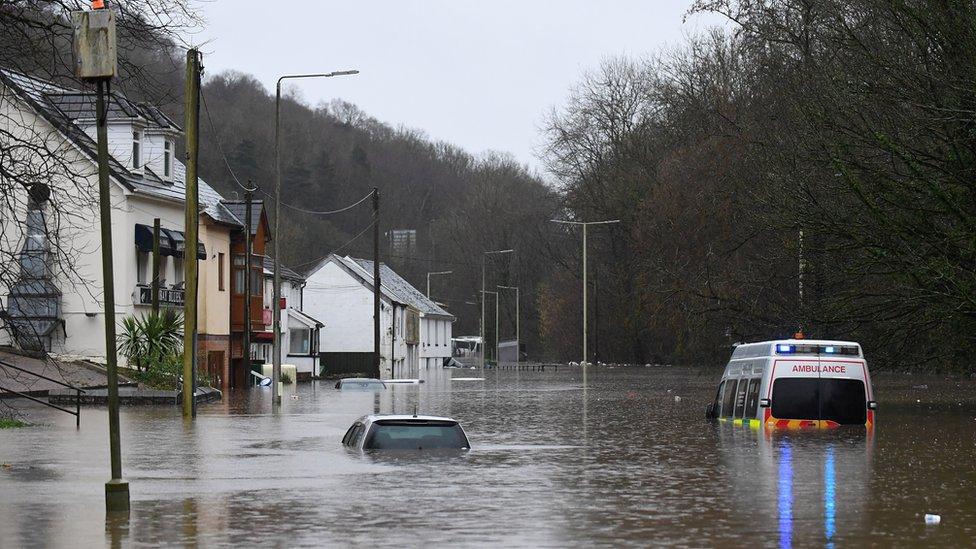
- Published20 May 2021
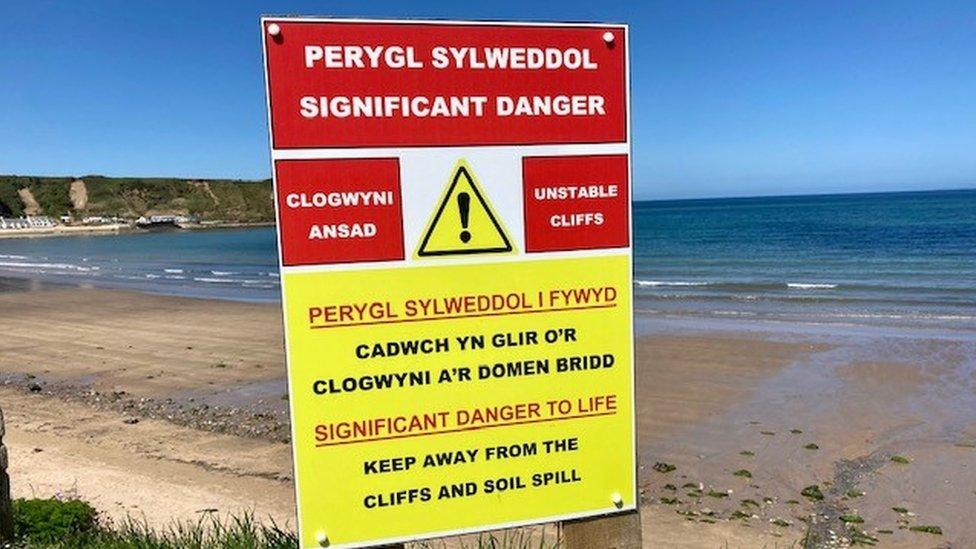
- Published19 April 2021
